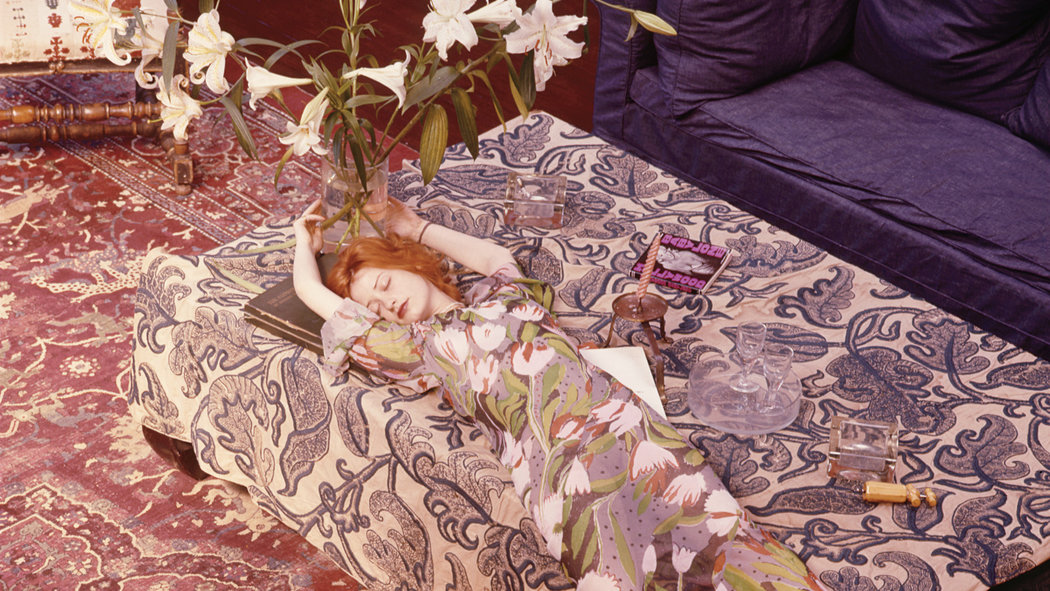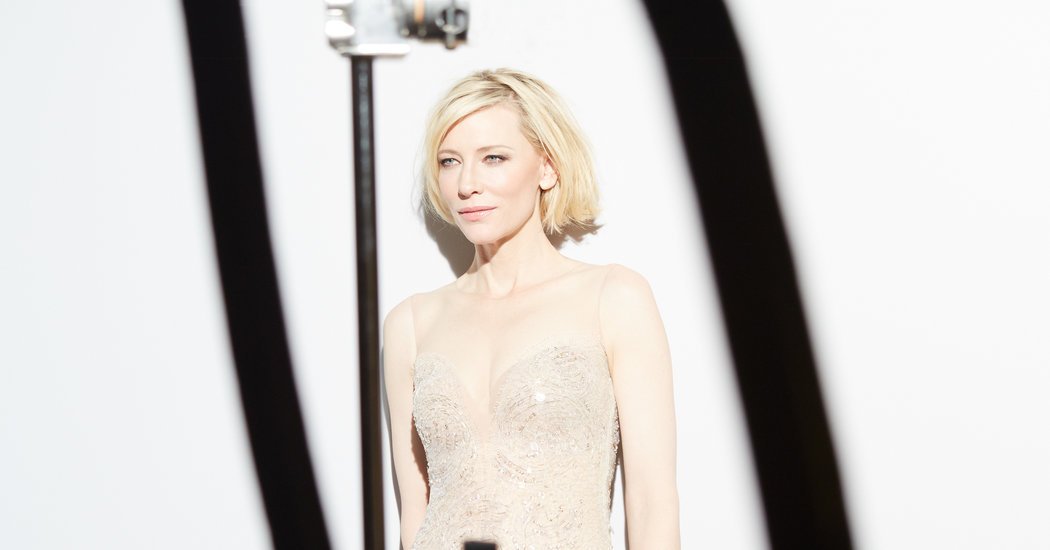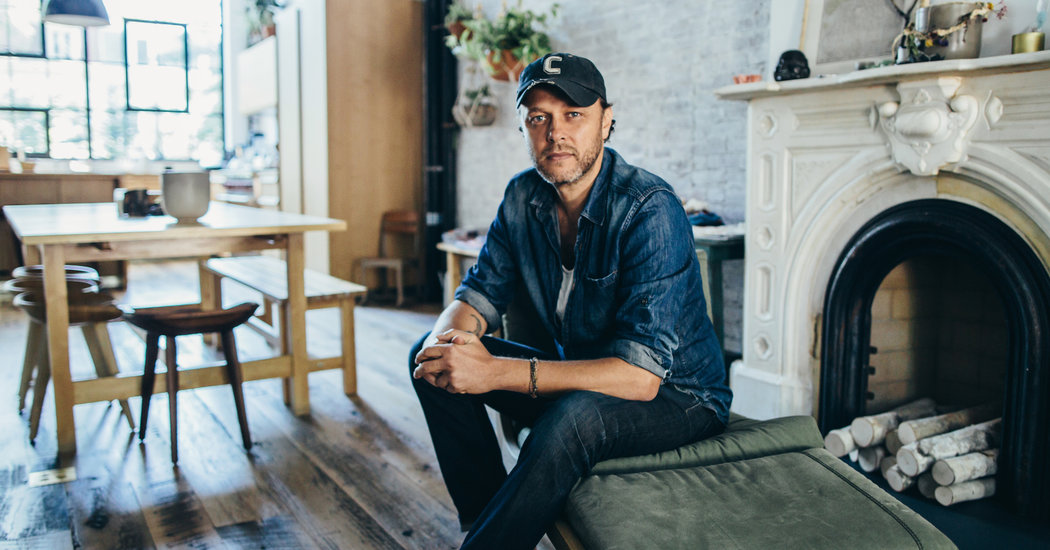A life lived as a series of love affairs with scents might sound flighty or hard to please — but the science of smell and memory explains this kind of promiscuity.
Credit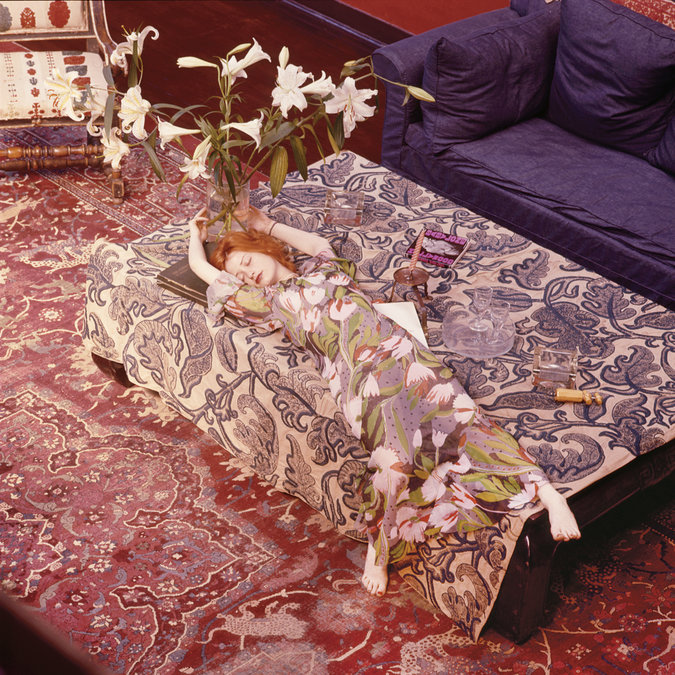
© Norman Parkinson Ltd/Courtesy Norman Parkinson Archive
I would like to believe that every woman should have a signature scent, and that I am one of those women. A woman who swears by one perfume alone — Marilyn Monroe said she slept in the nude, wearing only Chanel No. 5 — literally knows her own essence. She is imbued with self-knowledge, unquestionably confident, bien dans sa peau as the French (who else?) put it.
But here’s what I actually believe about wearing a single perfume forever: Eccch. Inhaling the same smell on your own skin day after day? It barely sounds good in theory. Like always eating pizza for lunch: enticing in the realm of childish fantasy but bordering on revolting in practice. Each fragrance that is momentarily so right — so me — inevitably loses its spell. And then it has to go. A scented but wordless diary could easily propel me from the tumult of my teenage years through my 30s and into my 40s. But scientific research on scent and memory suggests that this sort of serial monogamy just might make sense.
The idea of a signature scent has a storied history. Caterina de’ Medici was said to have brought her preferred fragrance (along with her perfumer, known as René le Florentin) when she went to marry the duke who would later become Henry II of France. Today, the Florence-based Santa Maria Novella pharmacy still sells this cologne, sometimes called “Acqua della Regina” (Water of the Queen). Several centuries later, another royal, Princess Diana, boosted sales of Penhaligon’s Bluebell, said to be her floral of choice.
“I think the signature scent is a fantasy for a lot of people,” says Denyse Beaulieu, author of “The Perfume Lover: A Personal History of Scent.” “Women love this idea that their children will associate them with a scent. But in truth, there’s the first big-girl perfume, the first ‘I’m hanging out with a cool crowd’ perfume, the varying scents with various partners. We no longer stick to one scent the way our mothers or grandmothers did.”
Scent is so powerful in its capacity to muster dormant memories that this effect has been referred to as the Proust phenomenon, or what the author described as “the vast structure of recollection” inspired by his madeleine. What makes perfume especially distinctive is its complexity. “Like a computer password, the doors to your memory don’t open until you get every character and number right,” says Luca Turin, a biophysicist and author of “The Secret of Scent: Adventures in Perfume and the Science of Smell.” “You can smell hundreds of perfumes and feel nothing, and then you smell that particular perfume your mother used to wear, and boom, it all comes back.”
Andy Warhol, a great lover of perfumes, actually created a bottled archive of scented memories. In “The Philosophy of Andy Warhol (From A to B & Back Again),” the artist wrote: “If I’ve been wearing one perfume for three months, I force myself to give it up, even if I still feel like wearing it, so whenever I smell it again it will always remind me of those three months. I never go back to wearing it again; it becomes part of my permanent smell collection.”
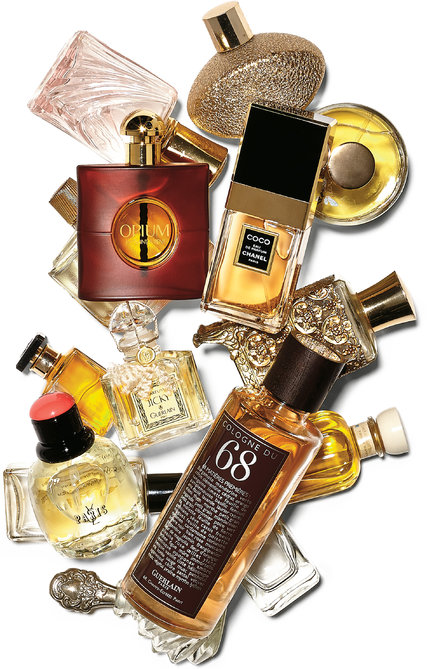
Credit
Marko Metzinger
I still remember the first perfume I wore as if it were yesterday. I was in eighth grade and under the heady influence of Ingrid, whose French mother had the unimaginably glamorous position of working the cosmetics counter at Lord & Taylor. Anaïs Anaïs was also French, the first fragrance from Cacharel, a brand as closely associated with boatnecked Gallic girlishness as Petit Bateau. It went without saying that all the girls in Ingrid’s orbit wore Anaïs Anaïs.
With its sweetness spritzed liberally on my wrists, I felt as half-French as Ingrid and even contemplated replacing my ’80s layers with a Jean Seberg pixie cut. But by midyear, Anaïs Anaïs felt as seventh grade as Sun In hair lightener. Worse, it soon, inexplicably, smelled like cat urine. (It still does.) I, along with my claque of eighth-grade sophisticates, dumped the baby perfume for Yves Saint Laurent’s Paris.
This was how my infatuations always played out: I’d become convinced I’d found the only appealing bottle out there, the one scent that truly suited me, and we were one. Then I’d wake up one morning and wouldn’t feel like putting it on. It wasn’t that kind of day. I wasn’t in that kind of mood. Until, inevitably, the cold realization: It just doesn’t smell like me.
How could I have been so wrong about Anaïs Anaïs? How, indeed, could I have been so wrong about YSL’s Paris, which in its turn grew sickly sweet and cloying, or about Poison, stickier still, or Opium — like a 65-year-old Park Avenue matron hauling old Bonwit Teller bags — or any of the perfumes that followed during the heavy-scented ’80s? “Odors are particularly good at what’s called classical conditioning,” says Richard Axel, who, along with Linda B. Buck, won a Nobel Prize in 2004 for his work on the power of smell. “If you pair an odor with a salient situation, one that could be pleasurable or one that can be painful, then the subsequent administration of that odor in a neutral environment will elicit behavior reminiscent of the past experience.”
Exactly. Coco, a spicy Oriental scent closely associated with Karl Lagerfeld’s then-muse Inès de la Fressange, a model, designer and aristocrat to boot, made a huge splash when Chanel launched it in 1984. Wearing it was like wrapping a scarf around my neck with just the right drape. Yet when I moved from the South of France to northern Thailand in the early 1990s, the floral notes positively wilted. If I inhale it now, somehow all I smell is durian, the so-called stinky fruit of Southeast Asia.
And what happened to Guerlain’s Jicky, a mix of vetiver, bergamot and amber, which I first put on as a student abroad? I remember curling up in London with my then boyfriend to watch “Jamón Jamón,” the 1992 comedy that marked Penelope Cruz’s film debut, and crowing with delight when one character remarked to another that any woman who wore Jicky had to be beautiful. (It was reportedly Brigitte Bardot’s scent.) But while Jicky is widely considered a timeless classic, for me, the allure faded with the romance.
Perhaps I was just ahead of my time. The whole idea of signature scents may in fact be a relic of the 20th century. At cosmetics counters and on perfume blogs, young women now flit through dozens of fragrances, never bothering to choose and commit. Science seems to back up the wisdom of this particular promiscuity. Why shouldn’t we run through a personal reel of perfumes, whose scents can conjure at will an earlier persona, but whose bottles can also be tucked away like a journal that doesn’t bear revisiting?
For now, I am happily wearing Guerlain Cologne du 68, a unisex scent meant to recall the perfumer’s original address on the Champs-Élysées. By this time next year, it will almost certainly remind me of newspaper deadlines and frozen sidewalks.
SOURCE:http://www.nytimes.com/2014/02/11/t-magazine/on-beauty-the-perfume-diaries.html
